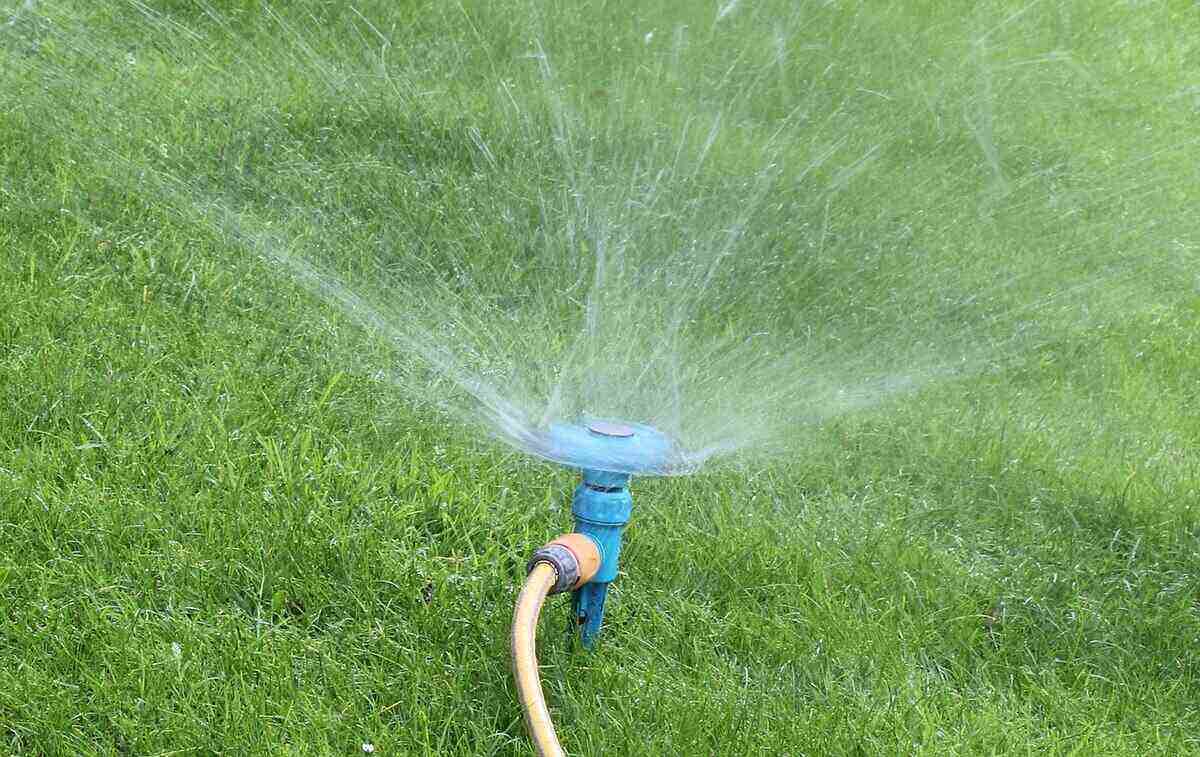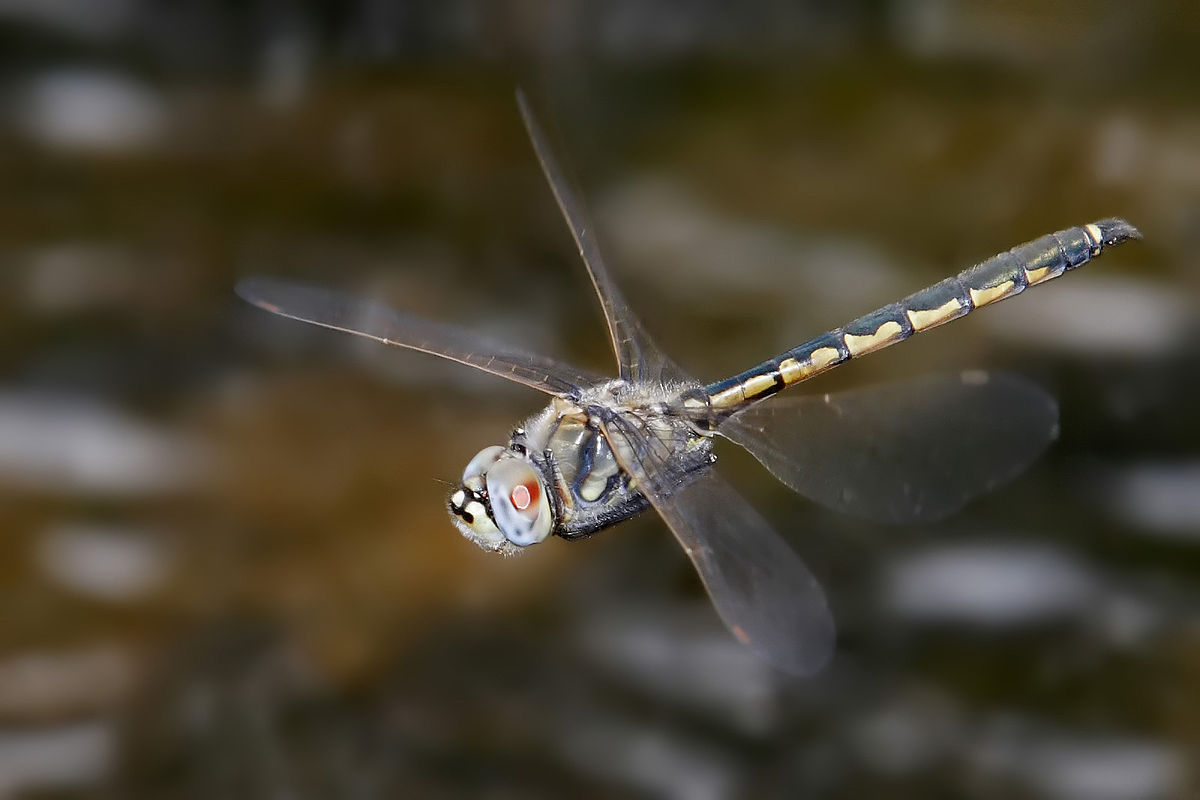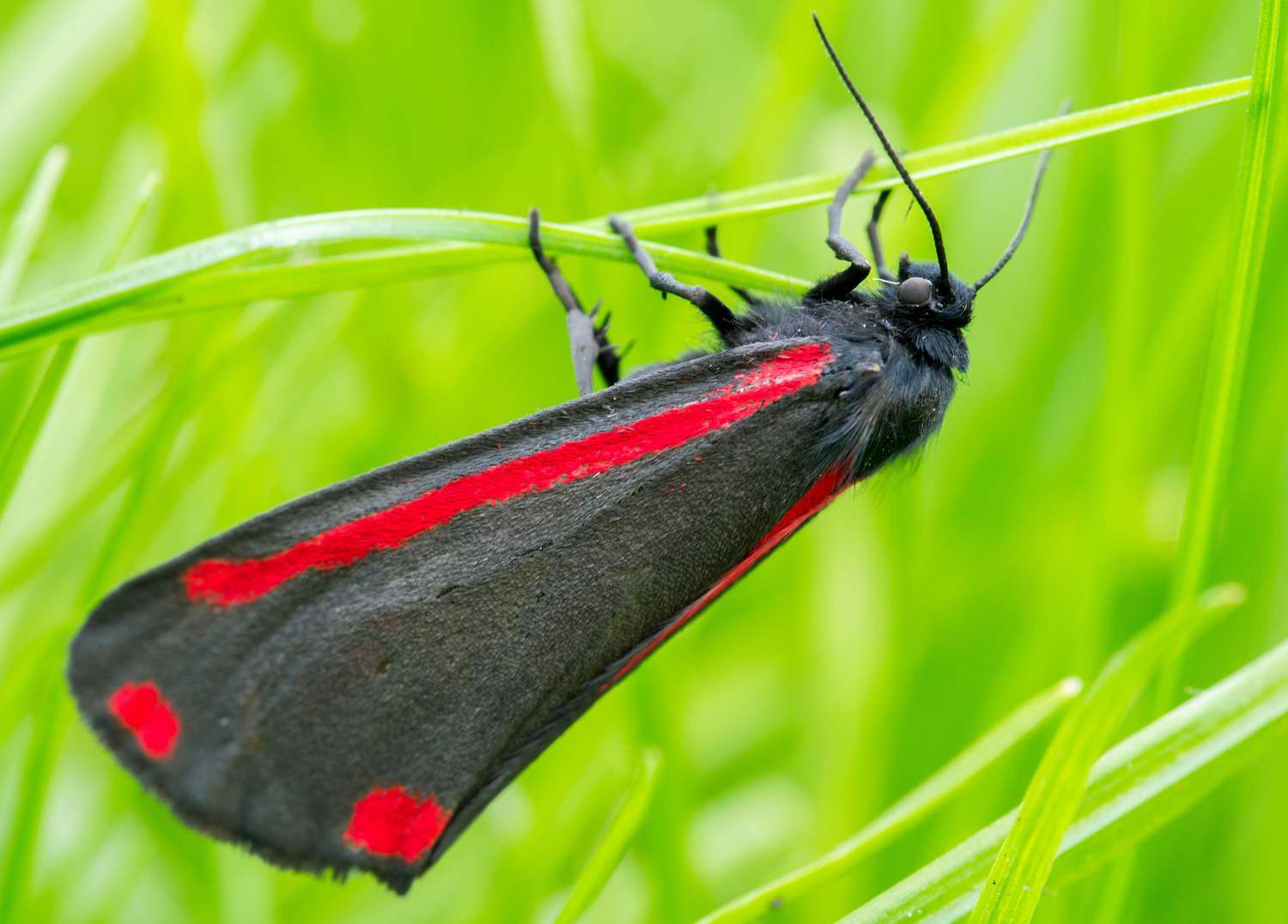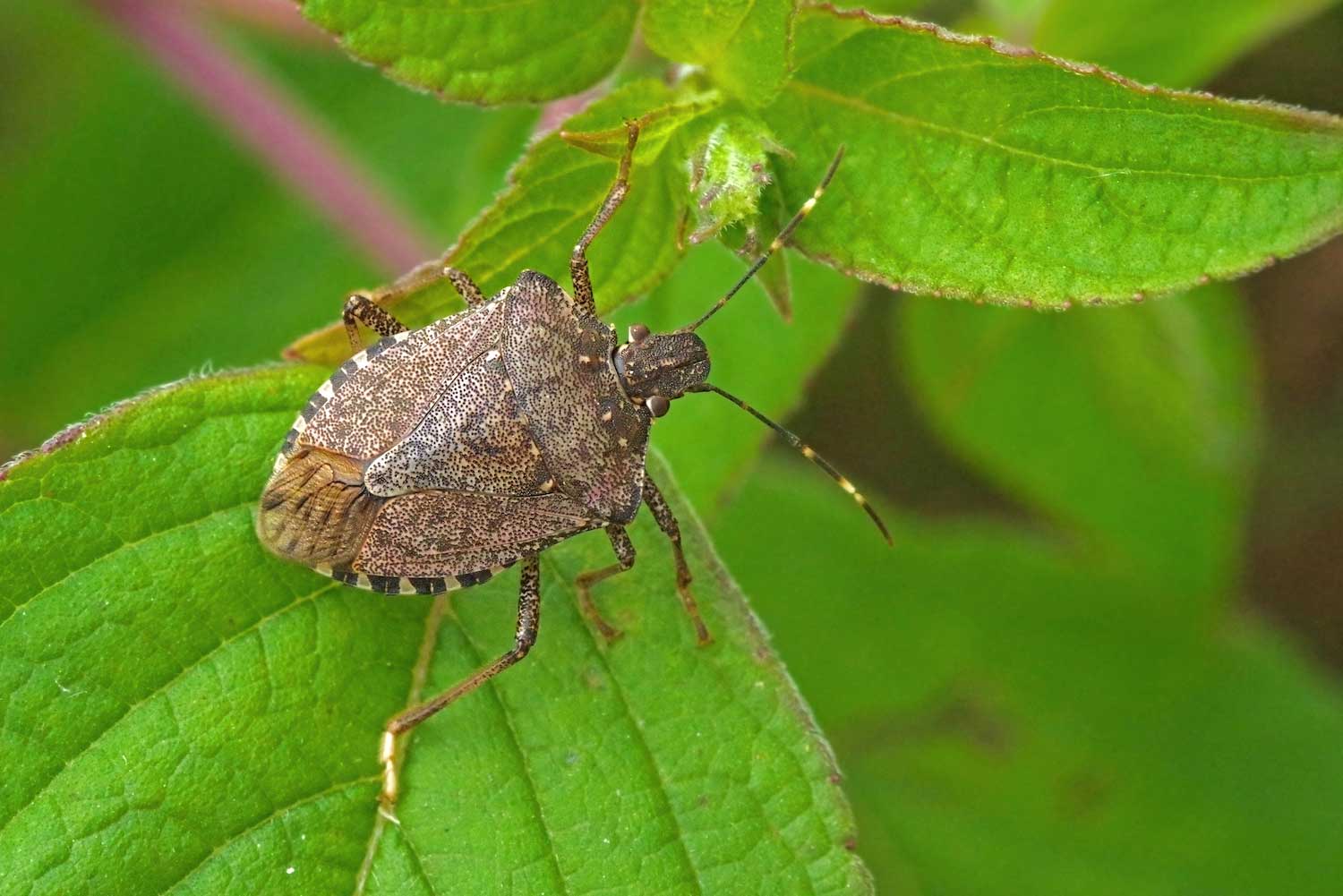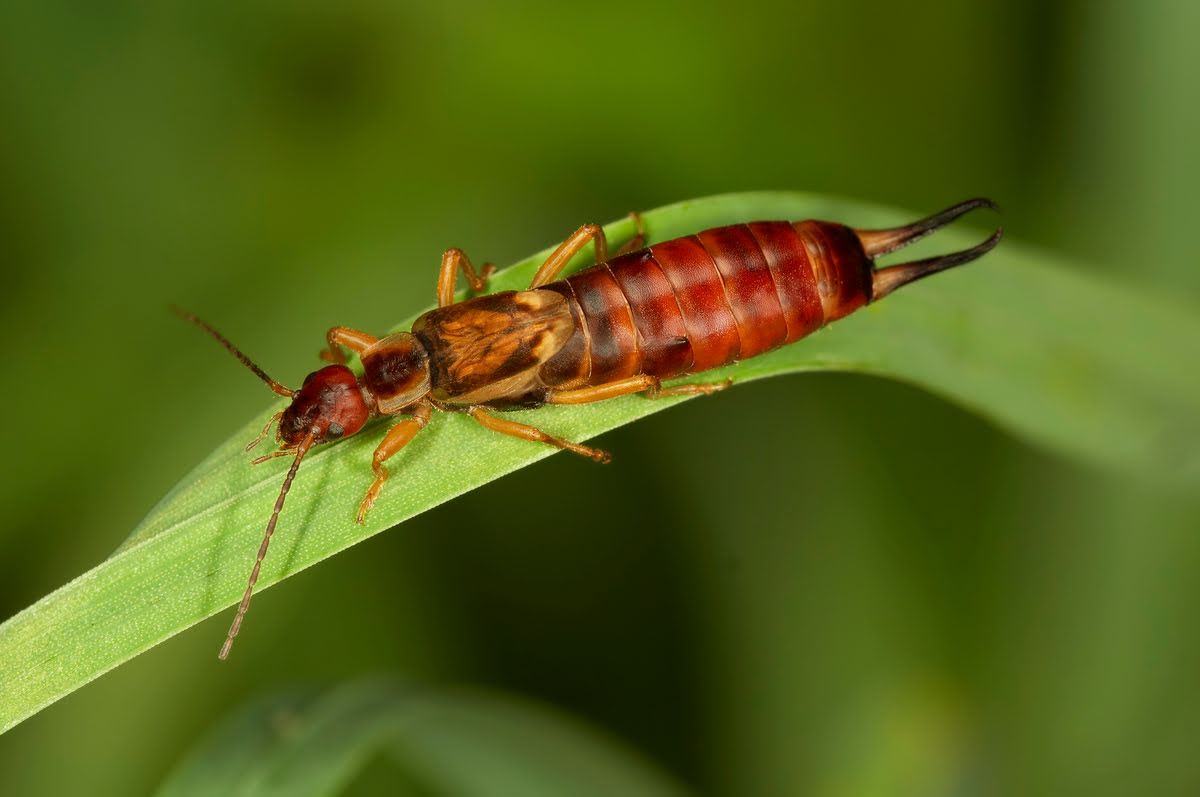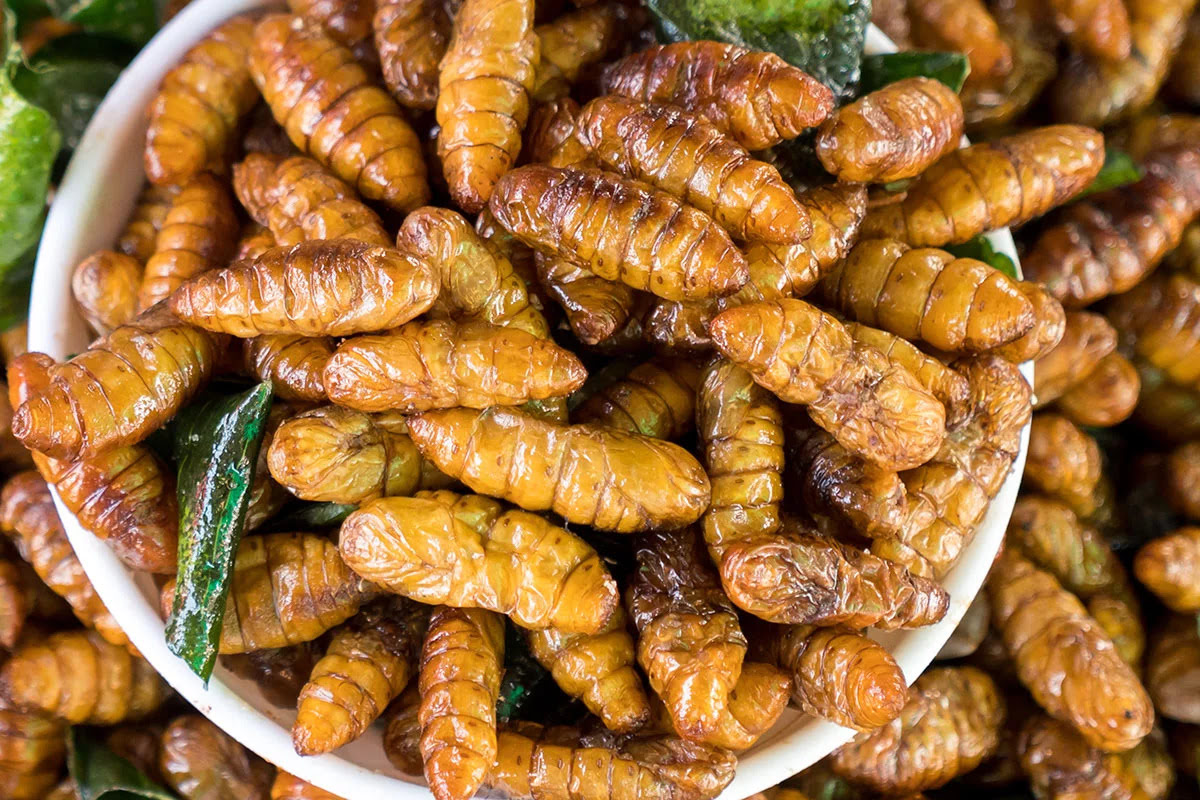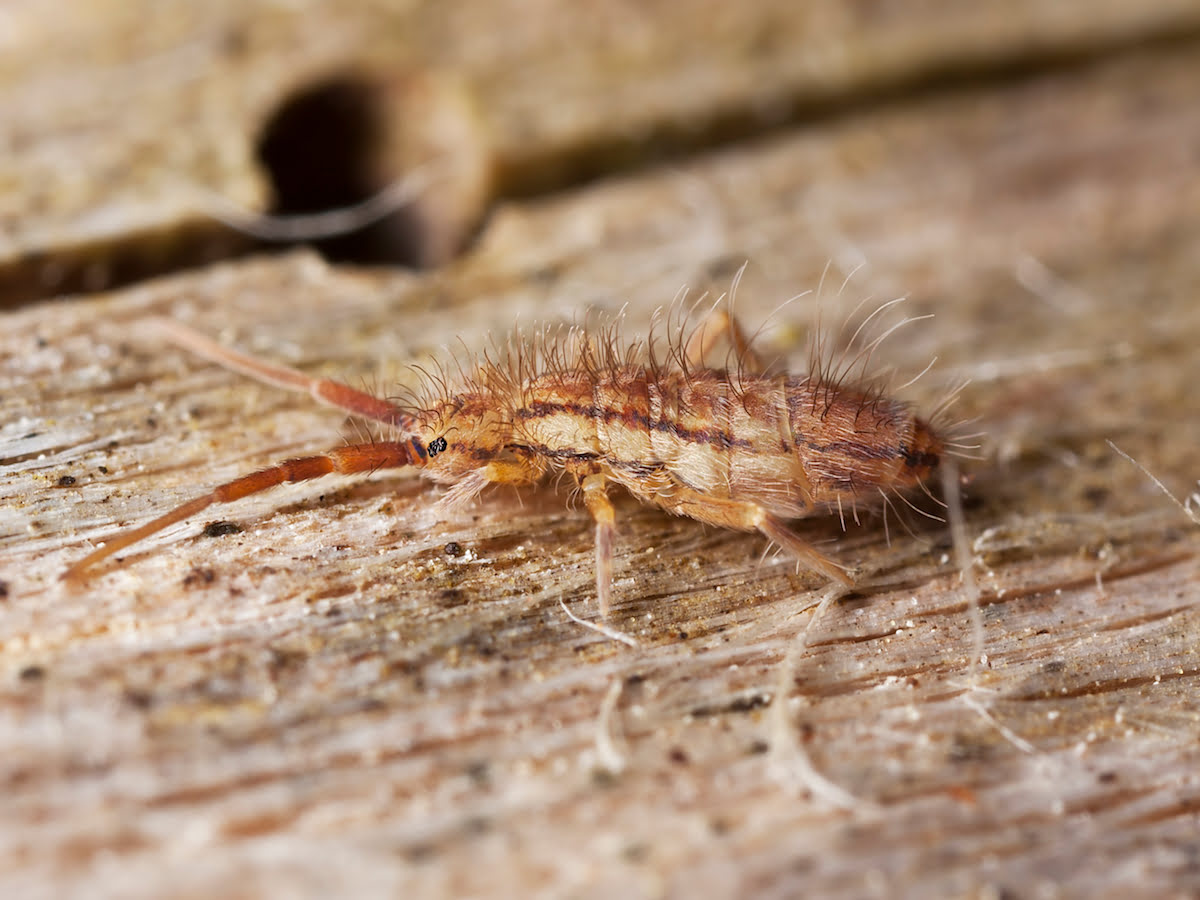Home>Gardening News and Trends>Latest News>What Insects Burrow In The Ground
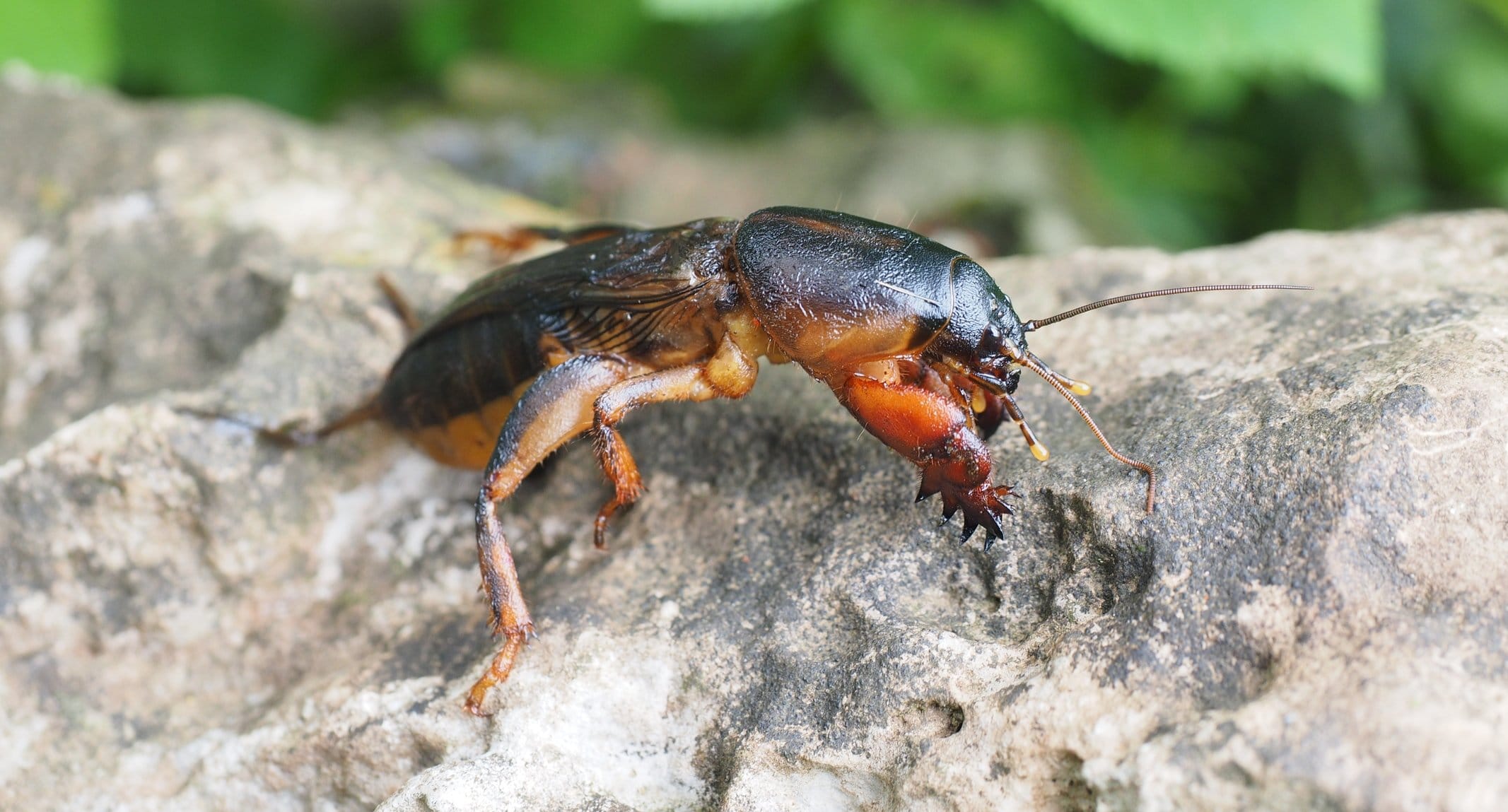

Latest News
What Insects Burrow In The Ground
Published: December 7, 2023
Discover the latest news on insects that burrow in the ground. Stay informed about the fascinating world of underground insect life.
(Many of the links in this article redirect to a specific reviewed product. Your purchase of these products through affiliate links helps to generate commission for Chicagolandgardening.com, at no extra cost. Learn more)
Table of Contents
Introduction
Ground burrowing insects are a fascinating and diverse group of creatures that play an important role in our ecosystems. These insects, as the name suggests, have the remarkable ability to burrow into the ground, creating tunnels and chambers where they live and reproduce. From tiny ants to robust beetles, these insects have developed various adaptations to thrive in their subterranean habitats.
One of the defining characteristics of ground burrowing insects is their ability to excavate the soil, creating intricate tunnel systems. This behavior serves several purposes, including finding shelter, protecting their offspring, and accessing food sources or resources. Additionally, the burrows created by these insects can have secondary benefits to the environment, such as improving soil aeration and drainage.
The diversity of ground burrowing insects is astonishing. They come in various shapes, sizes, and colors, each with its unique adaptations and specialized roles within their ecosystems. From the industrious ant colonies that work collectively to build intricate networks of tunnels, to the solitary and elusive mole cricket, every species has its peculiarities and plays a vital role in the natural balance of their respective environments.
While some ground burrowing insects may be harmless or even beneficial, there are others that can cause significant economic and ecological issues. Their burrowing activities can disrupt agricultural fields, gardens, and lawns, resulting in damaged crops, soil erosion, and weakened structures. It is essential to understand the different types of ground burrowing insects and their impacts to effectively mitigate and manage any potential problems.
In this article, we will explore the characteristics of ground burrowing insects, the different types commonly found, their economic and ecological impact, and methods to prevent and control their populations. Understanding these aspects will provide valuable insights into the fascinating world of these subterranean creatures and help mitigate any negative effects they may have on human activities and the natural environment.
So, let’s dive into the hidden world beneath our feet and uncover the secrets of ground burrowing insects.
Characteristics of Ground Burrowing Insects
Ground burrowing insects possess a unique set of characteristics that enable them to thrive in their subterranean habitats. These traits have evolved over time and allow these insects to navigate and survive in the underground world they call home.
1. Adapted Body Structures: Ground burrowing insects have specific body structures that aid in their underground activities. Many of them have strong mandibles or jaws that are well-suited for excavating soil or manipulating their surroundings. Some species have elongated legs or specialized claws that enable them to dig efficiently, while others have flattened bodies that allow them to move easily through narrow tunnels.
2. Enhanced Sensory Perception: In order to navigate through the darkness of their underground habitats, ground burrowing insects rely heavily on their senses. They have well-developed antennae that help them detect changes in the environment, locate food sources, and communicate with other members of their colony. Additionally, many ground burrowing insects have specialized sensory organs on their legs or bodies that allow them to sense vibrations, humidity levels, or chemical signals within the soil.
3. Energy Conservation: Living underground presents unique challenges, such as limited access to food and resources. To overcome these challenges, ground burrowing insects have developed strategies to maximize energy efficiency. Many species have a slower metabolic rate, enabling them to survive on limited food supplies. Some insects also have the ability to enter a state of dormancy or hibernation during periods of scarcity or unfavorable conditions.
4. Social Structures: Some ground burrowing insects, such as ants and termites, are highly social creatures. They live in large colonies comprised of individuals with specialized roles and tasks. This social organization allows them to effectively construct complex tunnel systems, gather and store food, and defend their territories. The division of labor within these colonies ensures the survival and success of the entire group.
5. Reproductive Strategies: Ground burrowing insects exhibit diverse reproductive strategies. Some species have a unicolonial system where multiple queens cooperate and lay eggs, while others have a polygynous system where a single queen mates with multiple males. These reproductive strategies contribute to the expansion and sustainability of their populations, ensuring their survival in their underground environments.
6. Environmental Interactions: Ground burrowing insects have significant interactions with their underground environments. By digging tunnels and burrows, they can influence soil structure and composition. Their activities can improve soil aeration, water infiltration, and nutrient distribution. These interactions have a broader impact on the overall health and productivity of ecosystems.
Understanding the characteristics of ground burrowing insects provides valuable insights into their adaptations and behaviors. With this knowledge, we can develop effective strategies to manage and control their populations, while also appreciating the important roles they play in maintaining the ecological balance of the underground world.
Types of Ground Burrowing Insects
Ground burrowing insects encompass a wide range of species with varying characteristics and behaviors. Let’s explore some of the most common types of ground burrowing insects:
- Ants: Ants are highly social insects that create intricate tunnel systems underground. They work collectively to construct their nests, which can be found in soil, under rocks, or in decaying wood. Ants have strong jaws that allow them to excavate soil and their colonies can vary in size from a few dozen to millions of individuals.
- Termites: Termites are well-known for their ability to build extensive underground structures. They feed on wood and other organic matter, and their tunnels can cause significant damage to buildings and wooden structures. Termites live in large colonies with a complex social structure, including workers, soldiers, and reproductive individuals.
- Mole Crickets: Mole crickets are underground-dwelling insects that resemble a combination of a mole and a cricket. They have powerful front legs that are adapted for digging and burrowing in soil. Mole crickets feed on plant roots and may cause damage to turfgrass and agricultural crops.
- Cicadas: Cicadas are known for their distinct buzzing sound during the summer months. While most of their life cycle is spent in trees, their nymphs live underground for several years, feeding on tree roots. They emerge as adults, mate, and lay eggs before the cycle repeats.
- Ground Beetles: Ground beetles are a diverse group of insects that inhabit various ecosystems. They are nocturnal predators and play a crucial role in controlling populations of other insects. Ground beetles can be found in soil, leaf litter, or under rocks.
- Gopher Tortoise: While not an insect, the gopher tortoise is a significant species that creates burrows underground. These burrows provide shelter for a variety of other organisms, including insects, snakes, and rabbits. The gopher tortoise is considered a keystone species due to its crucial role in maintaining ecosystem balance.
These are just a few examples of the many types of ground burrowing insects. Each species has unique characteristics and behaviors that allow them to adapt to their underground habitats. Understanding the different types of ground burrowing insects is essential in implementing effective management and control strategies to minimize any negative impacts they may have on human activities and the environment.
Economic and Ecological Impact of Ground Burrowing Insects
Ground burrowing insects can have both economic and ecological impacts, depending on the species and the specific ecosystem they inhabit. Let’s explore the significant effects these insects can have:
Economic Impact:
Some ground burrowing insects can cause significant economic damage to agricultural crops, gardens, and structures. Termites, for example, are notorious for their ability to feed on wood, causing structural damage to buildings. Additionally, their tunneling activities can weaken the structural integrity of wooden structures, leading to costly repairs.
Mole crickets, on the other hand, can damage turfgrass and agricultural crops by feeding on plant roots and destabilizing the soil. This can result in reduced crop yield and aesthetic deterioration of lawns and green spaces.
Ground burrowing insects can also impact human activities in urban and suburban areas. Their burrows can create hazards for pedestrians, cyclists, and even vehicles, leading to potential accidents and injuries.
Ecological Impact:
Despite the potential negative economic impacts, ground burrowing insects also play essential ecological roles in their respective ecosystems:
1. Soil Health: Ground burrowing insects, such as ants and earthworms, contribute to soil health by improving aeration, water infiltration, and nutrient cycling. Their burrowing activities create channels that allow air and water to penetrate the soil, facilitating the growth of plant roots and enhancing overall soil fertility.
2. Decomposition: Some ground burrowing insects, like beetles and termites, aid in the decomposition process by breaking down dead plant and animal matter. This activity helps release nutrients back into the ecosystem, promoting nutrient cycling and supporting the growth of new plant life.
3. Secondary Distribution of Seeds: Certain ground burrowing insects, including ants, aid in the dispersal of seeds by carrying them underground. This action can help stimulate plant diversity and contribute to the regeneration and expansion of vegetation within an ecosystem.
4. Food Sources for Other Animals: Ground burrowing insects serve as a vital food source for other organisms. Insectivorous animals, such as birds, reptiles, and mammals, rely on ground burrowing insects as a source of nutrition, contributing to the stability and balance of the food web.
Understanding the economic and ecological impact of ground burrowing insects is crucial in developing integrated pest management strategies that minimize the negative effects while preserving the valuable roles these insects play in the natural environment.
Prevention and Control of Ground Burrowing Insects
To manage and control populations of ground burrowing insects, various prevention and control measures can be implemented. Here are some effective strategies:
1. Habitat Modification:
Modifying the habitat to make it less conducive for ground burrowing insects can be an effective prevention measure. This can involve ensuring proper drainage to reduce soil moisture, removing wood debris that may attract termites, and regularly mowing and aerating lawns to discourage mole crickets.
2. Exclusion:
Exclusion methods can help prevent ground burrowing insects from entering structures. Installing physical barriers such as screens, mesh, or sealants can effectively deter insects from gaining access to buildings, homes, and other vulnerable structures.
3. Biological Control:
Utilizing natural enemies of ground burrowing insects can be an environmentally friendly approach to control their populations. Introducing or encouraging predators and parasites that feed on these insects can help keep their numbers in check. For example, introducing nematodes to target termites or deploying beneficial nematodes to control mole cricket larvae.
4. Chemical Control:
In certain situations, chemical control methods may be necessary to manage ground burrowing insect populations. Insecticides specifically formulated to target the species of concern can be used, following proper application guidelines to minimize environmental impact. It is important to consult with professionals and follow local regulations when using chemical control methods.
5. Integrated Pest Management (IPM):
An integrated pest management approach combines multiple strategies to effectively prevent and manage ground burrowing insects. IPM focuses on the long-term control of pests by considering a range of prevention methods, monitoring and evaluating populations, and implementing appropriate control measures when necessary. This approach minimizes reliance on chemical treatments and emphasizes sustainable and environmentally friendly solutions.
6. Professional Assistance:
In severe or persistent cases, seeking professional assistance from pest control experts is recommended. They have the expertise and knowledge to identify specific ground burrowing insect species, assess the extent of infestation, and recommend appropriate control methods tailored to the situation.
Prevention and control of ground burrowing insects require a combination of strategies that promote habitat modification, utilize biological control methods, and implement targeted chemical treatments when necessary. By employing these measures, we can effectively manage ground burrowing insect populations while minimizing their impact on human activities and the environment.
Conclusion
Ground burrowing insects are a fascinating group of creatures that have adapted to thrive in their subterranean habitats. From ants and termites to mole crickets and cicadas, these insects exhibit a diverse range of behaviors and characteristics that enable them to excavate soil, navigate in the darkness, and fulfill vital ecological roles.
While ground burrowing insects can cause economic issues by damaging structures and crops, they also play important roles in the environment. They contribute to soil health, aid in decomposition, disperse seeds, and serve as a food source for other organisms. Balancing the management and control of these insects with their ecological contributions is crucial for maintaining the health and balance of ecosystems.
To prevent and control ground burrowing insects, various strategies can be implemented. Habitat modification, exclusion measures, biological control methods, and integrated pest management approaches are all effective tools for managing populations and minimizing their negative impact. It is important to choose the most appropriate methods based on the specific insect species and the unique characteristics of the affected environment.
Ultimately, understanding the fascinating world of ground burrowing insects allows us to appreciate the intricate web of life that exists beneath our feet. By implementing sustainable and environmentally friendly pest management practices, we can coexist with these insects and maintain a harmonious balance between human activities and the natural environment.
So let us continue exploring, appreciating, and protecting the diverse and remarkable world of ground burrowing insects for generations to come.

